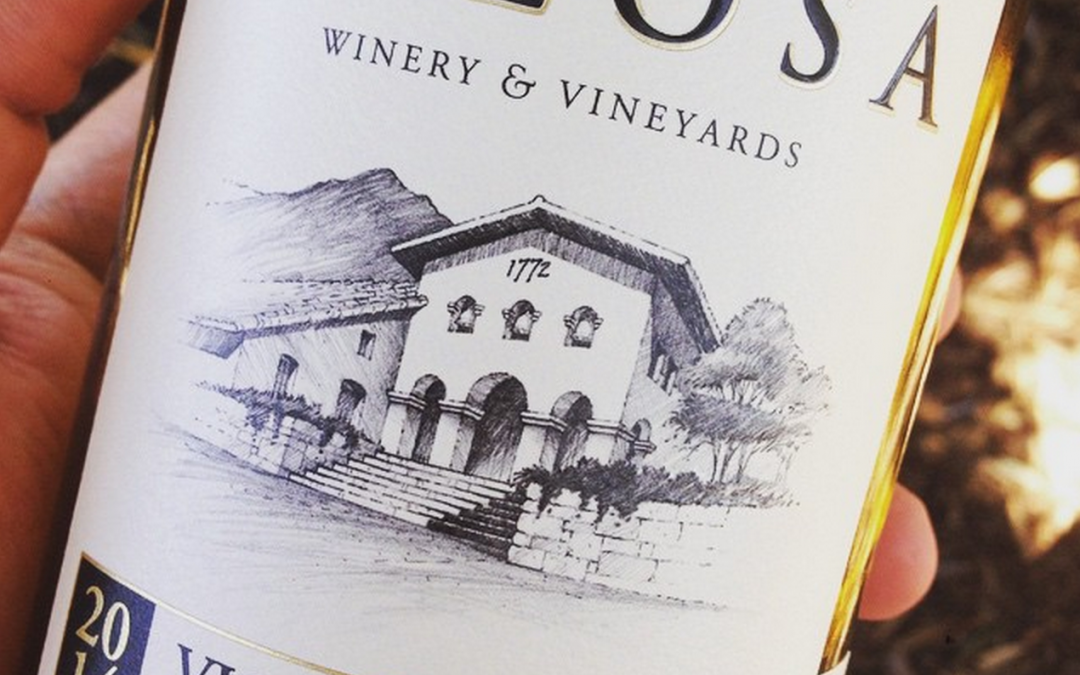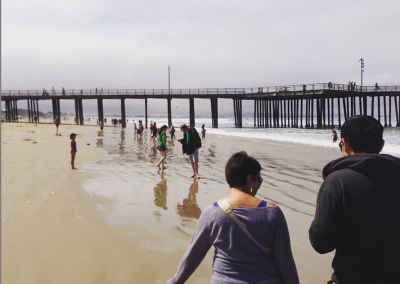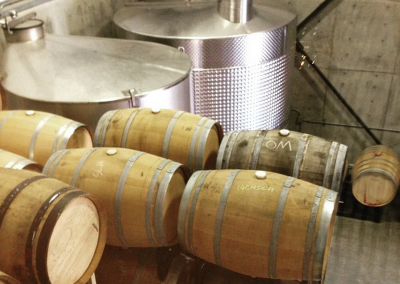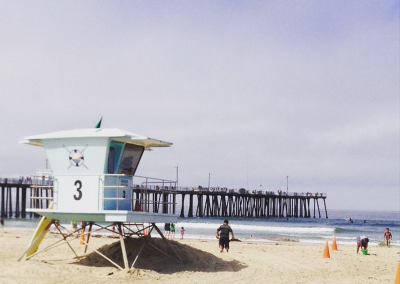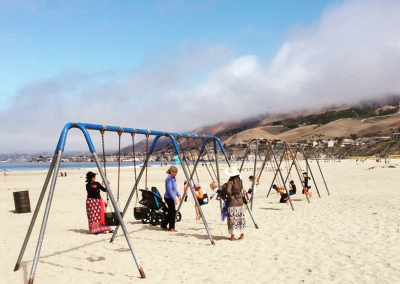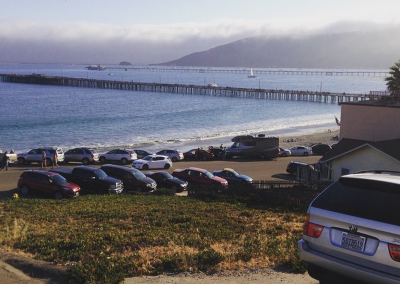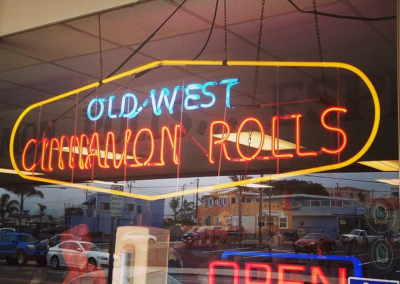For those who don’t know, I’ve been rolling out Infusionsoft Payments over the past month. This is a project I’m especially proud of given our velocity to market. This integrated solution was ideated, scoped, built and launched in under 5 months. We’ve been rolling it out to customers throughout June and it’s going splendidly. Regardless, it was time for a much-needed vacation in wine country.
I expect that in the future, like my friend Curt at Lawrence Dunham Vineyards, I’ll buy a winery as the result of a mid-life crisis. Despite explaining this to my accountant, he said this “research” trip could not be written-off as a business expense. San Luis Obispo, Paso Robles and Edna Valley were on the list. This involved a (thankfully short) jaunt on a regional jet. At 6’4”, I barely fit into mainline aircraft coach seats. But a regional jet? No chance. Thank you, airline elite status for the complimentary upgrade.
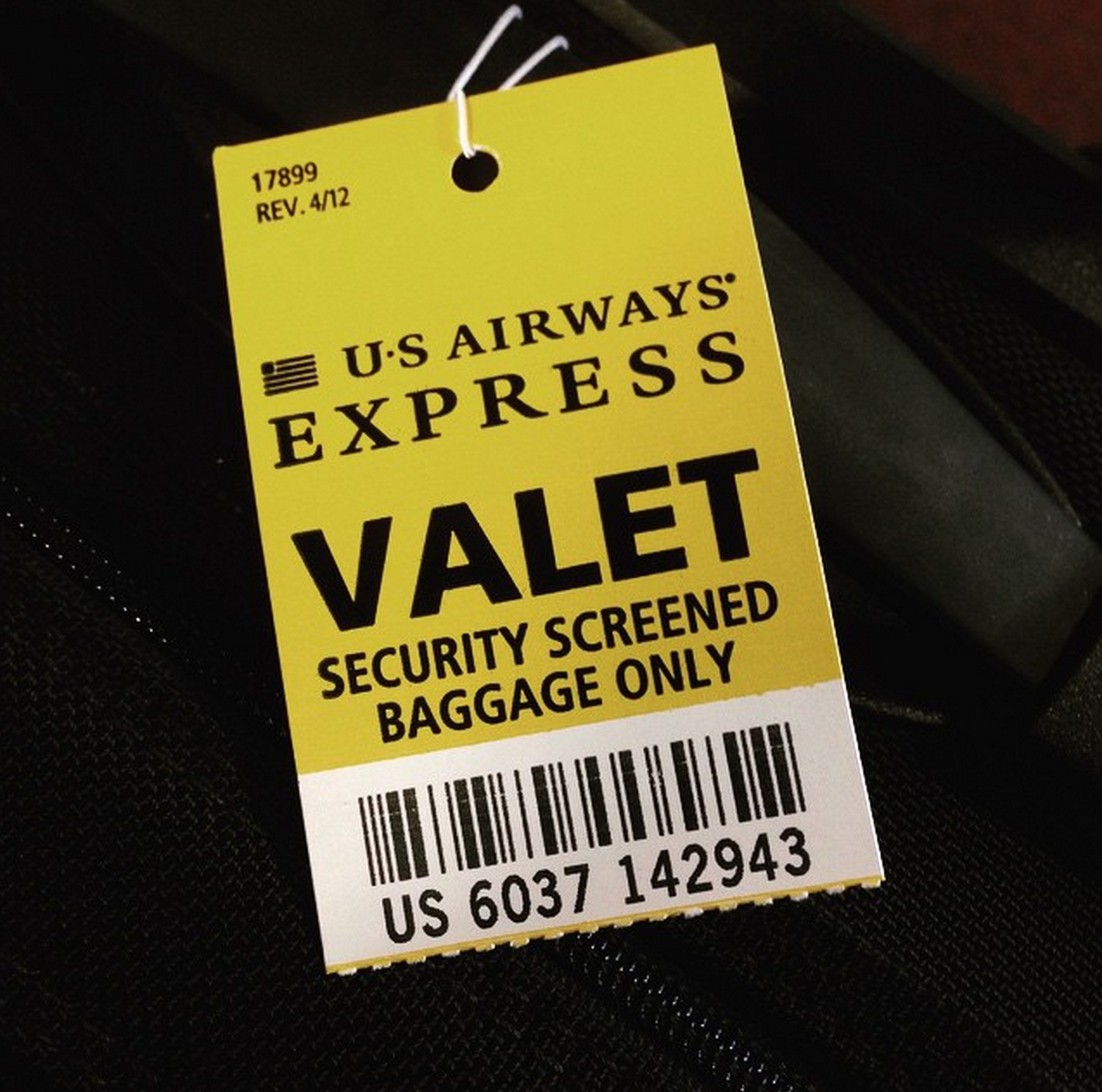
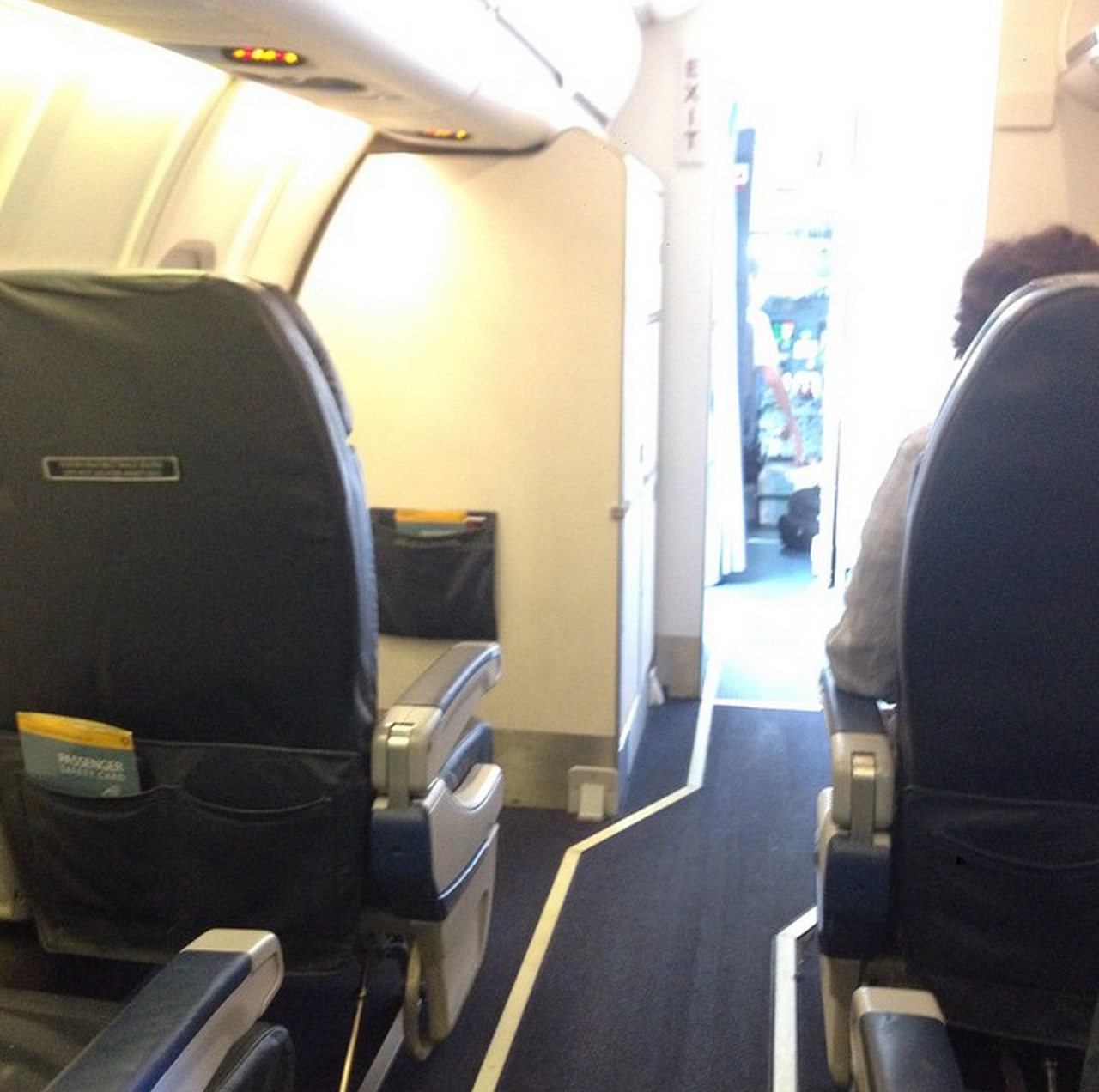
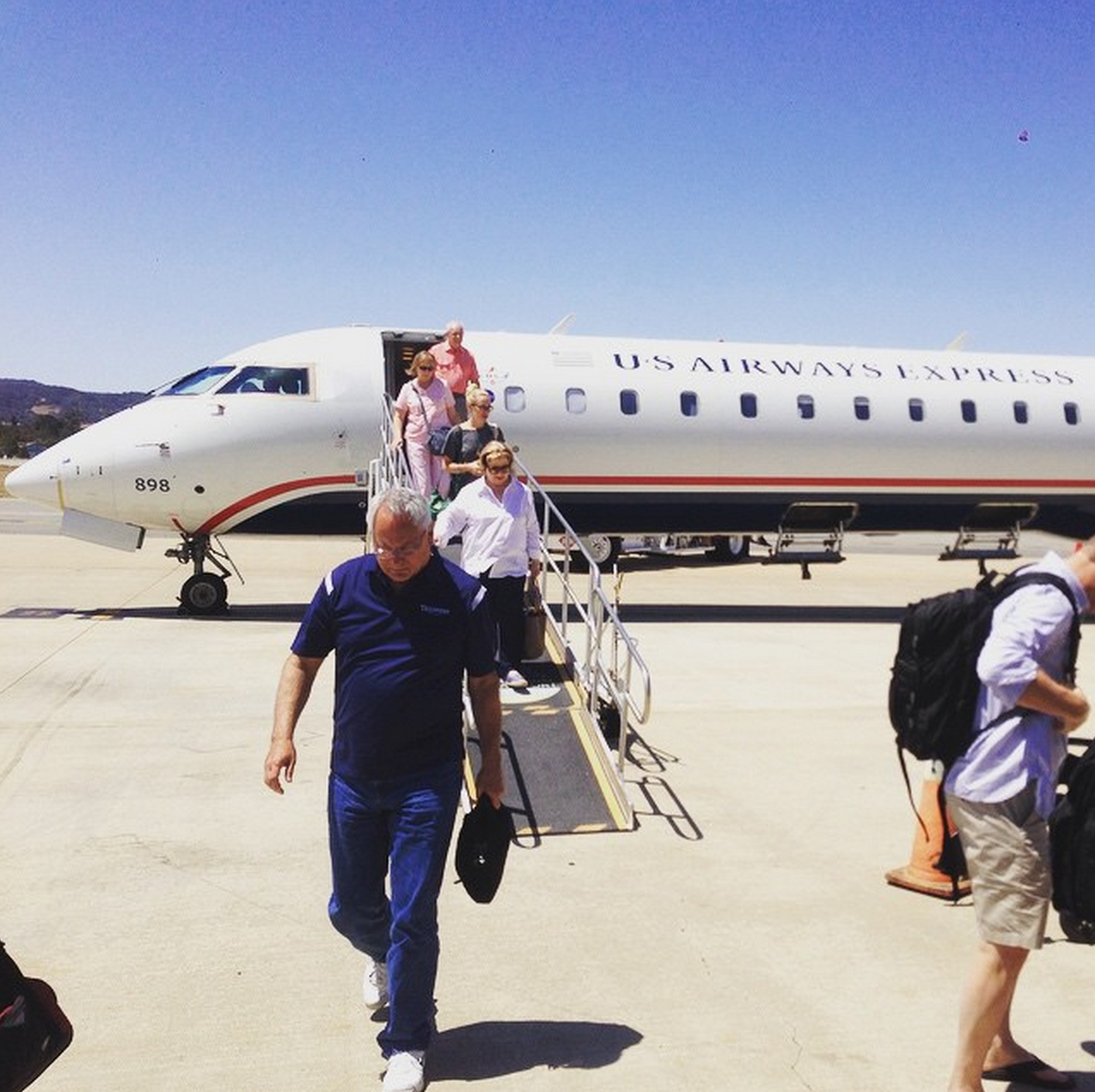
For those of you who haven’t been to San Luis Obispo, I highly recommend it. If you’re looking for a California vacation minus the hustle & bustle of Los Angeles, Disneyland or San Diego, SLO is the way to go. Plus, it’s closer to wine.
I believe it’s our duty as marketers to spend some time outside of our element. Some of my best marketing learnings have come from industries totally separate from SaaS. I garnered a lot of transferable marketing knowledge while on this trip. More importantly, I personally experienced what happens when consumers fall into a rift created by a marketing and operational disconnect.
Unworldly thinking is selfish and contributes to the age-old silos between marketing and other operational departments
Let’s examine my learnings from each winery and how we can apply them in SaaS to create a delightful customer experience.
Messaging and branding drives consumption (in this case, literally)
First stop? Chronic Cellars. A longtime favorite of mine, ever since Costco started carrying some of their red blends. Why did I buy my first bottle of Chronic years ago? Because Chronic acknowledged and accepted the consumer behavior principle that people judge books by their covers. They were also ballsy and went against the grain. It’s paid off for them.
Think about the last time you went wine shopping. There you are, in the middle of Total Wine (which I affectionately refer to as “adult Disneyland”), your eyes scanning the shelves search of something new. The typical Total Wine store carries 8,000 unique wines. Chronic realized they needed to stand out.
Which of the below labels is most noticeable?
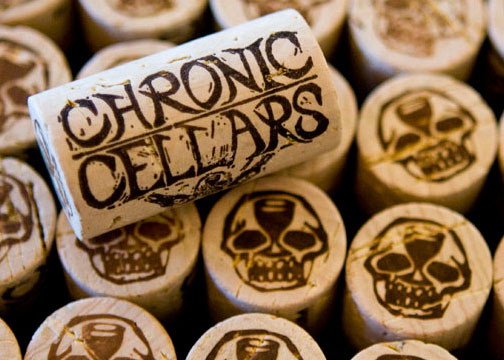
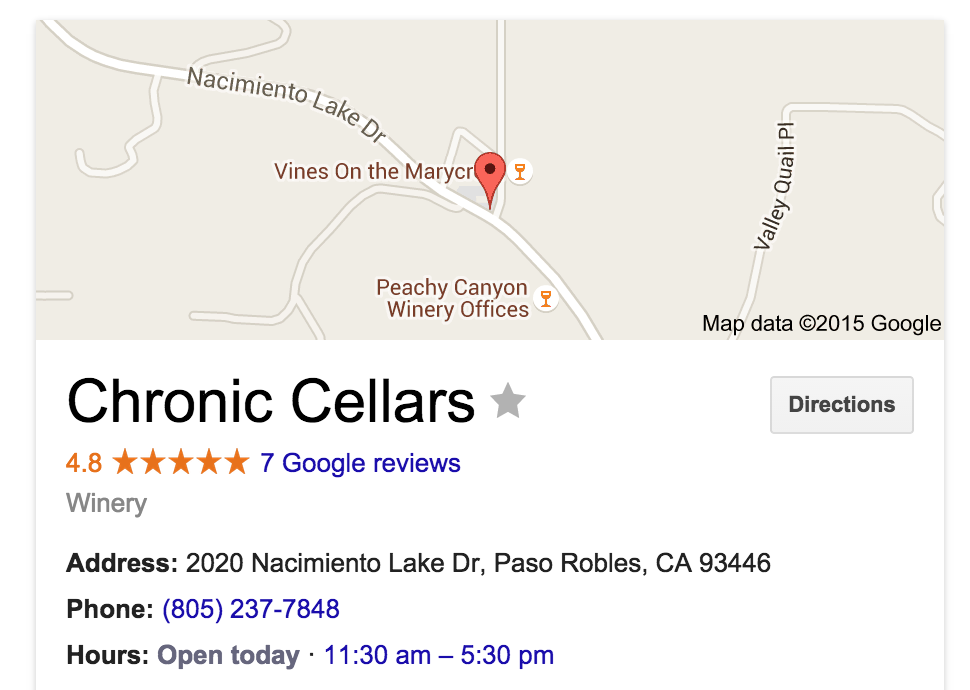
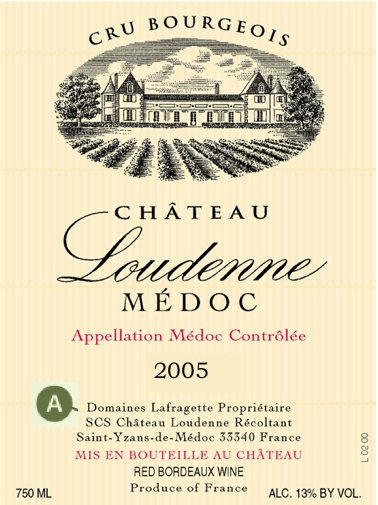

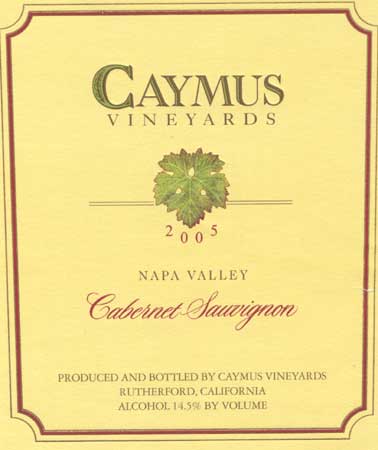
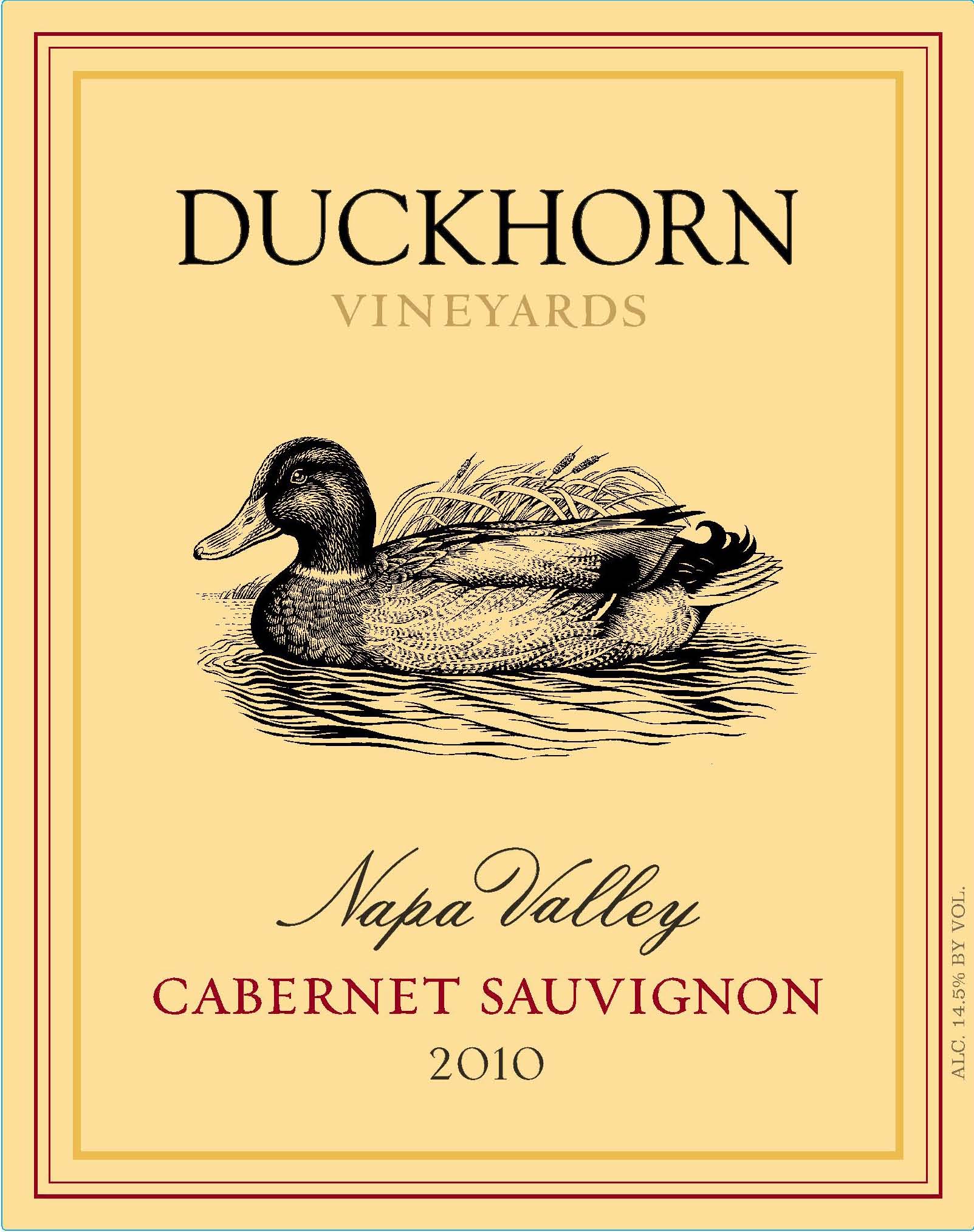
Yeah. ‘Nuff said. And look at the name of the wine! A witty winery with a label that doesn’t bore me to death like all the other ‘old money’ wineries? Sold! Customer for life. Their other labels follow the same artistic direction and have awesome names like “Kindly Swallows,” “Dead Nuts,” “Spritz and Giggles,” etc. Let your culture shine through. The battle for customer attention now starts with your company’s culture.
Takeaway: Give your brand the careful thought it needs and deserves. Dare to be different. And then grow some balls to actually try it and see how it works out.
Customers are your vines. Tend to them and deliver value. Continuously.
Justin makes the special bottle I crack at Christmas every year. It’s off the beaten path but well worth the trek. In jest, I took a picture in front of their logo and told everyone I bought a winery. A handful of people believed me. (Thanks for the vote of confidence!)
Justin is a textbook example of a well-thought/executed/run vineyard. I had trouble finding anything I didn’t like. The grounds are beautiful, the staff attentive and the wine delicious. Everything I would expect from a winery consistently producing 90-point and above wines.
You can’t make wine without grapes. And you can’t grow good grapes unless you nurture your vines. Forget to water them? They die. Too many SaaS companies think that once they plant the seed (by getting the sale), they’re done. That’s an awful way to approach the customer relationship but an excellent recipe for churn, if you’re into that.
Are you providing your customers with enough resources or attention after they walk in your door? Are you telling them what those resources are and that those resources are available to them?

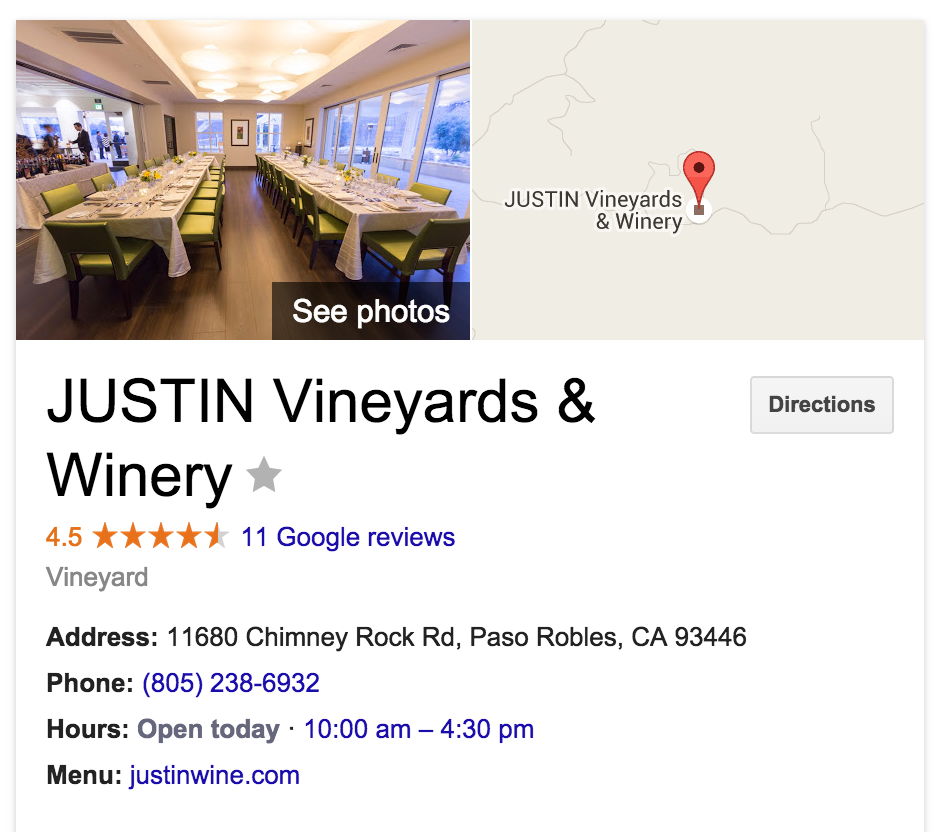
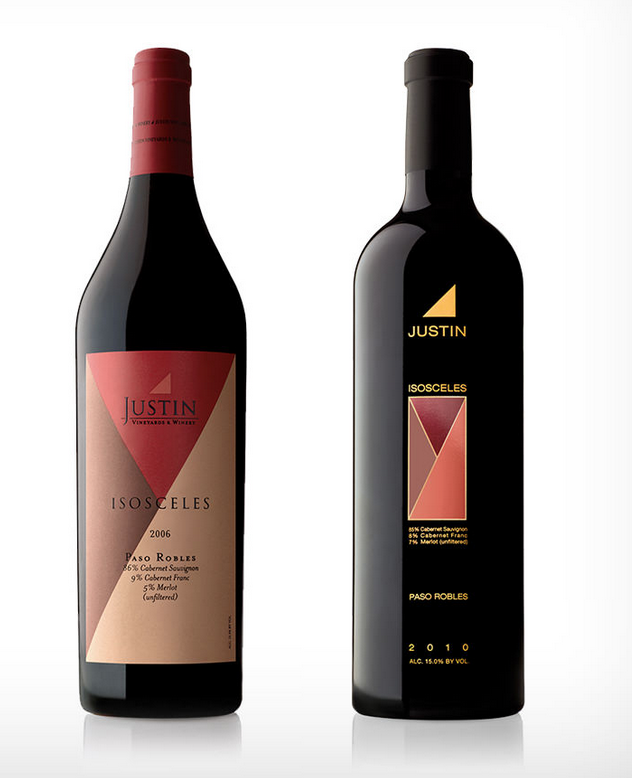
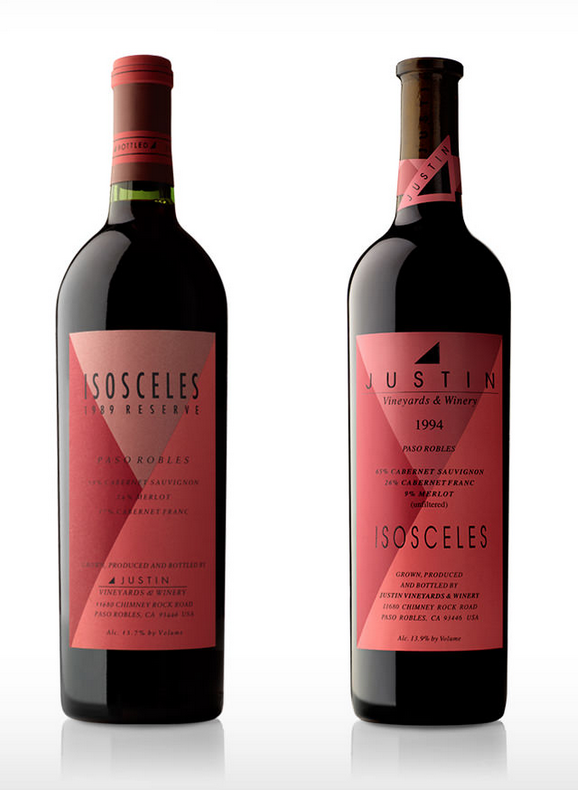
At Justin, buying your first bottle is just the beginning.
Just scroll through their homepage.
- Discover all wines
- Explore our awards
- Learn more about our story
- Our winemaking philosophy
- Visit us
- The Just Inn (they have a hotel onsite)
- The restaurant
- Tasting & tours
- Events
- Merchandise
- Join the Wine Society
- Justin property hike and brunch
What does your customer journey look like? (Pre-purchase and post-purchase?) How do you drive usage and create more value after someone ‘buys their first bottle?’ How can you get more share of wallet and raise LTV while setting the customer up for even greater success?
For a winery, this amount of ancillary information/products/services is uncommon. Overwhelming? Not the way it’s presented. As a customer, I have everything I need and want at my fingertips.
“But it’s too much! “It’s not timely! It’s provided all at the same time! It’s not targeted!”
What if I told you that customers like to explore? And that they are more upset if they can’t find what they need, when THEY want or need it? Multiple CTAs or offerings are okay. Customers simply select what they need.
Disconnects in the customer experience will cripple your business
Laetitia is well-known for its pinot noir and sparkling whites. I’ve purchased and enjoyed Laetitia wines before. Sadly, my experience at their tasting room gave me first-hand experience on what customers feel like when they fall into a rift created by a disconnect between marketing and operations.
They were moderately busy when we arrived, so I didn’t mind that I wasn’t greeted immediately like at the other tasting rooms. After standing at the tasting counter for more than a couple minutes without even a “be right with you,” I wasn’t impressed with the absence of urgency on the staff’s part. When someone finally did come over, she just stared at us. “We’d like a tasting, please,” I offered. What ensued was more of the same inattentiveness and time spent empty between pours.
In the grand scheme of things, some may argue that Laetitia’s tasting room is a small part of their business. But it shouldn’t be. For many potential customers, the tasting room is their first interaction with, and impression of, the brand. Thus, the tasting room can be Laetitia’s first and only opportunity to turn first timers into paying customers- for a $15 tasting, a $30 bottle purchase, an $85 reserve bottle purchase, an $800/yr wine club signup…get my point? Or, in my case, it was their first opportunity to leave a bad taste in my mouth and lose my business forever. Lifetime loss there? Let’s assume 4x$30 bottles annually for the rest of my life = approximately $7,200. Oops.
Takeaway: As a marketer, you should be concerned about the entire customer experience spread over all internal and external channels.
What reduces satisfaction is something few companies manage—cumulative experiences across multiple touchpoints and in multiple channels over time.
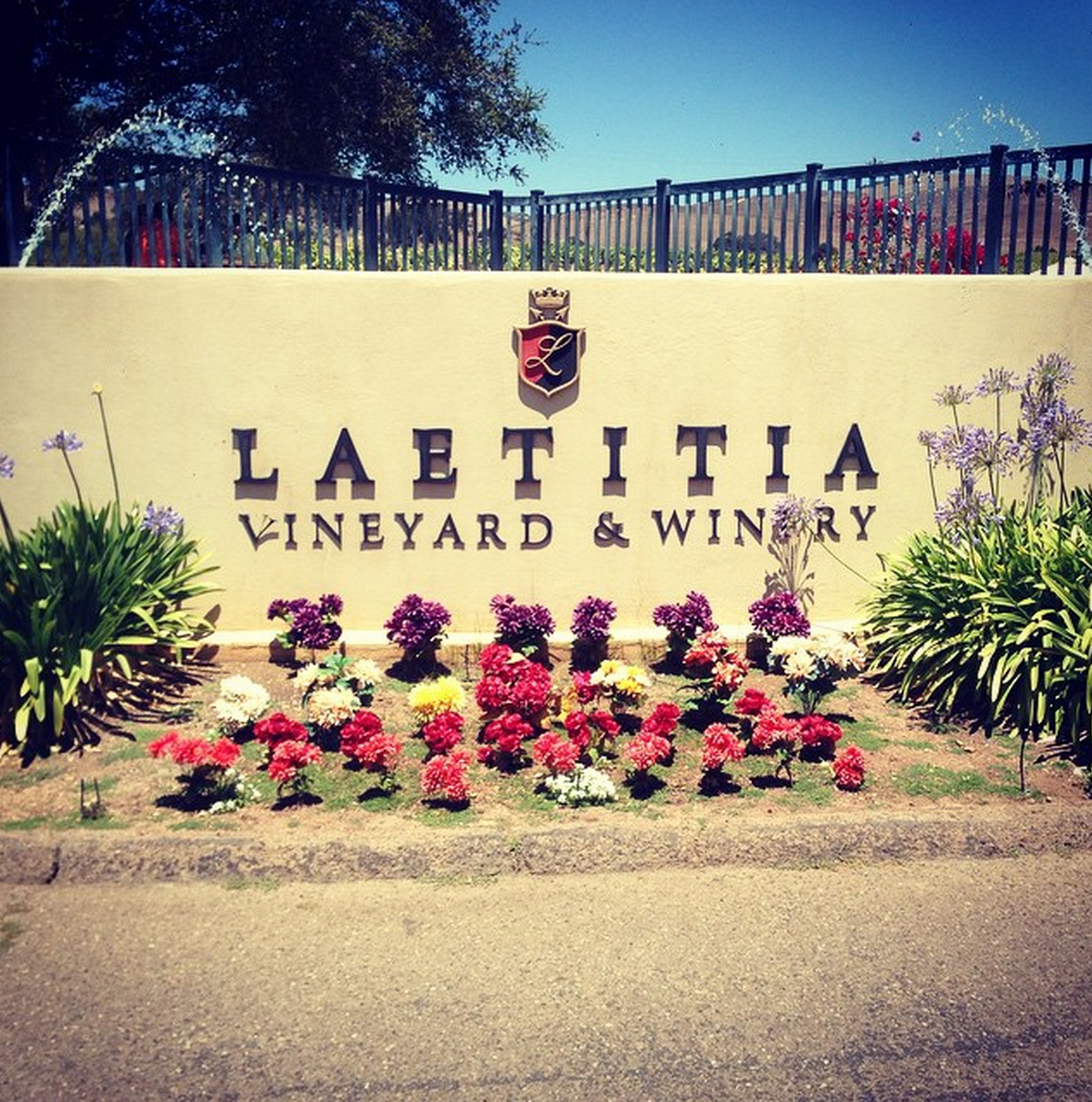
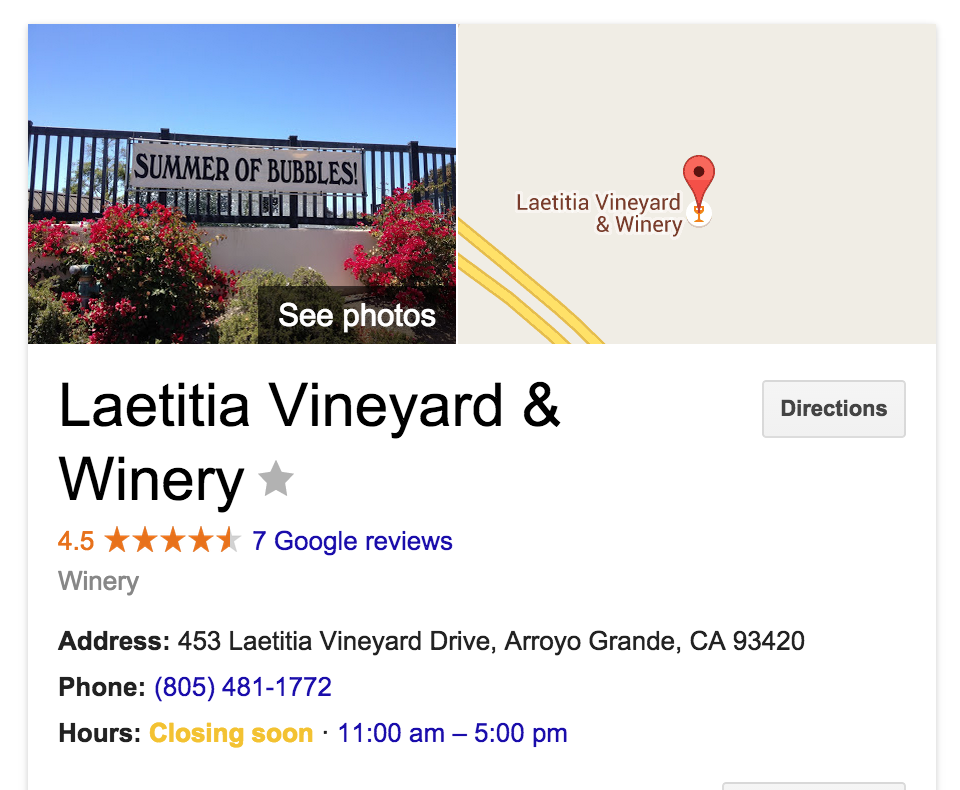
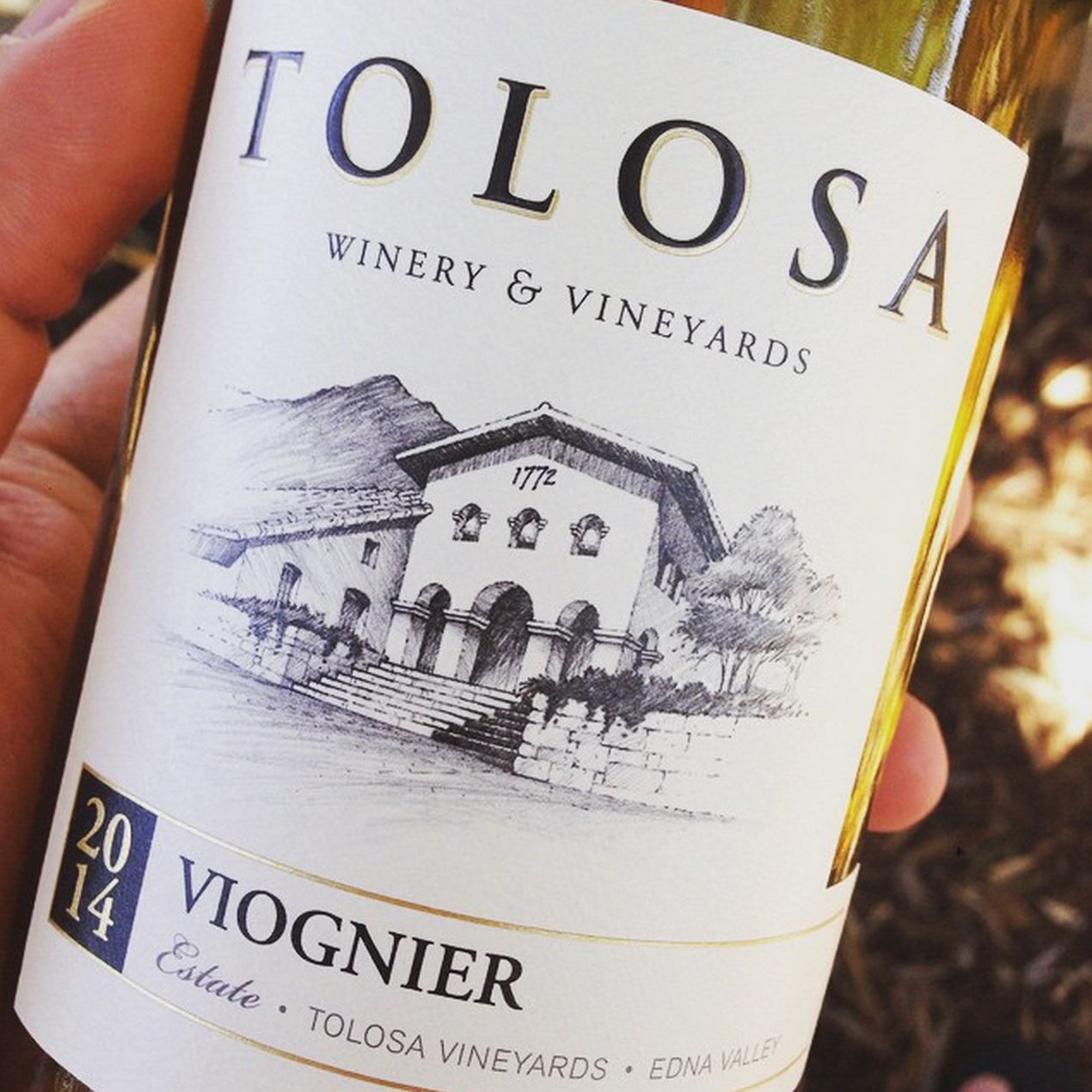
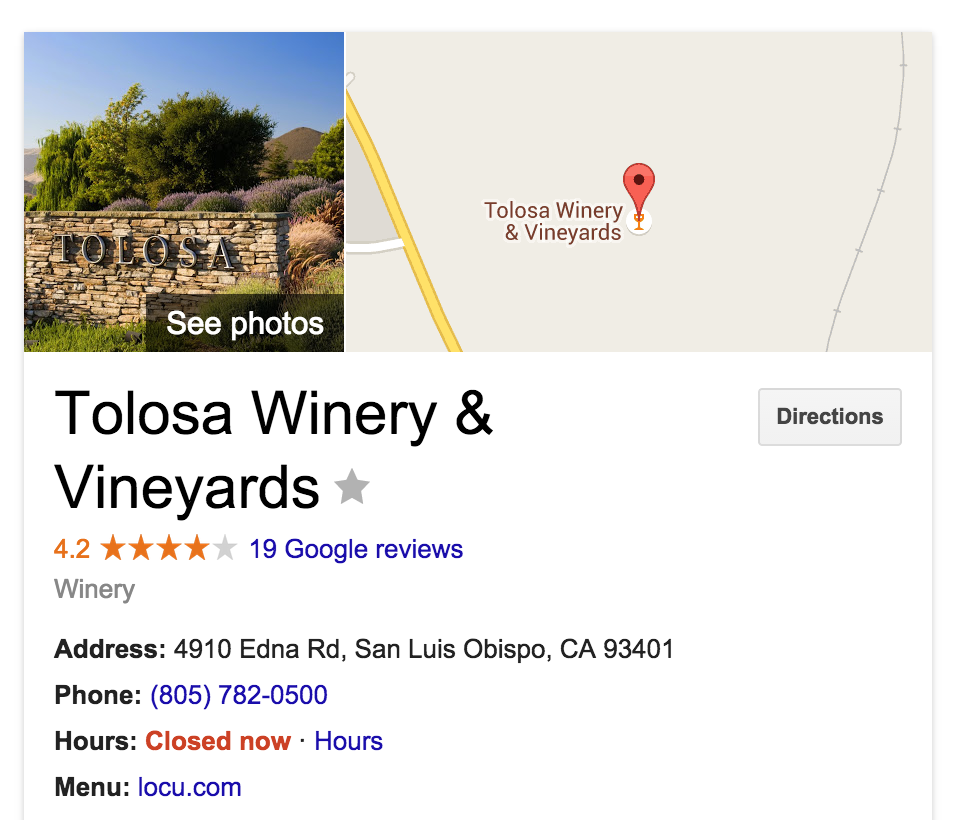
Build relationships, not customers. And don’t take those relationships for granted.
Finally we get to my favorite winery of the trip, Tolosa. I’ll admit, there was a little confirmation bias (our friend was a member there) but it truly is a gem. The entire winery is solar powered. How’s that for a cause marketing cherry? What set Tolosa apart (besides the beautiful grounds and absolutely delicious whites) was its people and the resulting harmony between its marketing promise and operational fulfillment.
Having worked in the service industry myself (I slung tables all through college), I can tell you that it’s not an easy business. Besides being physically demanding, it’s hard to be 100% happy to customers for hours on end without prescription medication. Throw in all the little special requests that deviate from process and annoying questions with obvious answers, and it’s exhausting. BUT, if you nail it, you get me to buy a suitcase full of your wine.
Every time we walked in the door? Greeted with a smile. Each wine we tasted? A comprehensive and thoughtful explanation. Every question we had? A patient and kind answer. Every interaction with the staff? Genuine care and effort. Our last day we were there without our wine club friend whose name was on the account? They still gave us the discount. Expired 50% off coupon? They honored it. Can you say, “$500 in extra revenue,” “return customer for life” and “brand advocate?”
Once you score a lifetime customer, it’s important to not take them for granted. At Tolosa, club members who are active for longer than 3 years get an extra 10% discount (on top of the normal 20%), access to limited production wines, invites to exclusive events, extra coupons, etc. Keep them happy and make them feel appreciated so they don’t become disenchanted with your brand.
Takeaway: Empower your people with the training and authority to delight customers and turn them into customers for life. Don’t take them for granted.

